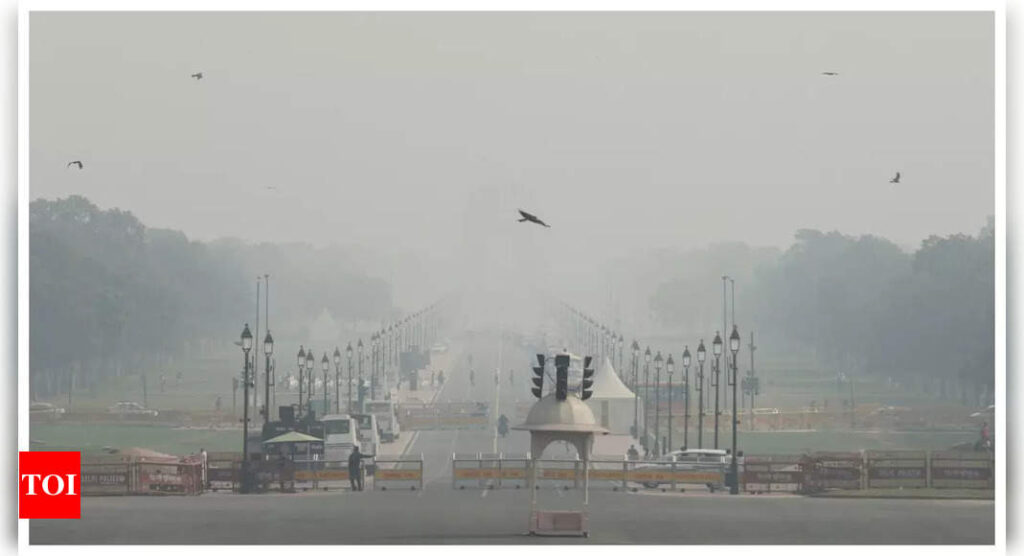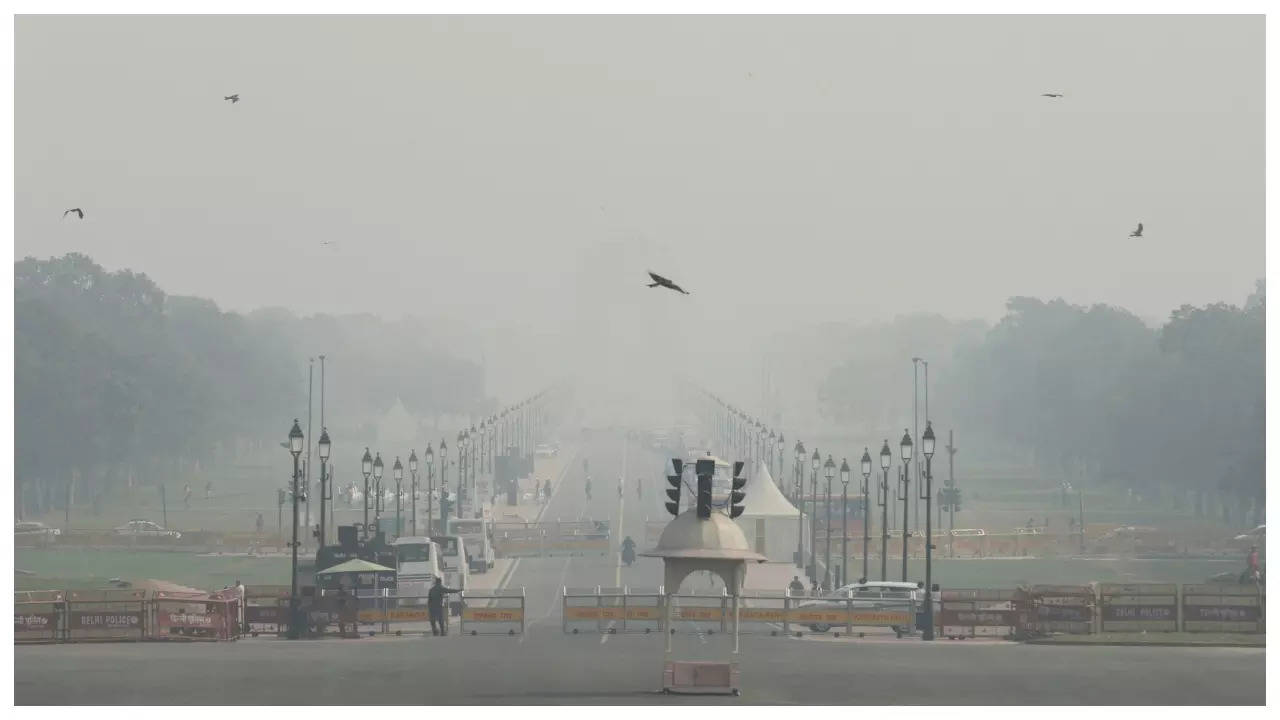[ad_1]
In view of air pollution, the odd-even vehicle system will be applicable for one week from 13th to 20th November, Delhi’s environment minister Gopal Rai said on Monday.
It means that vehicles bearing odd-numbered license plates will be permitted to operate on odd-numbered dates, while those with even-numbered plates will be allowed on the roads on even dates during the restriction period.Also, there will be no physical classes for the November 13-20 week, except for Class 10 and 12, the minister added.
On Monday morning, the air pollution levels in Delhi-NCR soared to alarming heights, reaching seven to eight times the safe limit set by the government. This marks the seventh day in a row that the region has been enveloped in a hazardous toxic haze.
In response to the deteriorating air quality, which plunged into the ‘severe plus’ category for the second time in three days, Delhi implemented strict restrictions on Sunday. These included prohibiting the entry of trucks known to contribute to pollution, as the city grappled with adverse wind conditions and a spike in agricultural fires across northern India.
Delhi air pollution: GRAP 4 measures fail to improve air quality in Capital, AQI remains in severe category
The air quality, measured by the 24-hour average Air Quality Index (AQI) at 4 pm daily, deteriorated from 415 on Saturday to 454 on Sunday. This significant decline prompted the activation of emergency measures under Stage IV of the Graded Response Action Plan (GRAP) by the central government. GRAP’s action plan is divided into four stages, with Stage IV being the most critical, triggered when AQI levels exceed 450. On Monday at 7 am, Delhi’s AQI was recorded at 440.
The air quality crisis has spread to several other cities in the neighboring states of Haryana, Rajasthan, and Uttar Pradesh, all reporting dangerous levels of pollution.
Cities surrounding Delhi, including Ghaziabad with an AQI of 413, Gurugram at 369, Noida at 403, Greater Noida at 396, and Faridabad at 426, also recorded perilous air quality levels at 7 am.
The India Meteorological Department (IMD) has forecasted that conditions conducive to dispersing these pollutants may emerge by Tuesday night, thanks to an approaching western disturbance. These weather systems, originating from the Mediterranean, often bring unexpected rainfall to northwest India, which could help alleviate the pollution.
The levels of PM2.5, the fine particulate matter that poses serious health risks by penetrating deep into the lungs, were recorded at seven to eight times over the government’s safe threshold of 60 micrograms per cubic meter in various parts of Delhi-NCR. This is also substantially higher than the World Health Organization’s recommended healthy limit of 15 micrograms per cubic meter, with figures reaching 30 to 40 times this guideline.
Doctors have warned that the persistent poisonous haze is exacerbating health issues for individuals with pre-existing respiratory conditions.
(With inputs from agencies)
Watch Delhi pollution: Odd-even rule back in Delhi from November 13
[ad_2]
Source link











More Stories
Congress replaces Kamal Nath, names an OBC as Madhya Pradesh chief | India News
Fire breaks out in ITBP camp in Srinagar; none hurt | India News
Parliament Security: Co-villagers give clean chit to Lalit Jha, parents to move court | India News